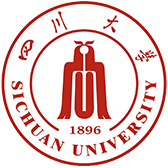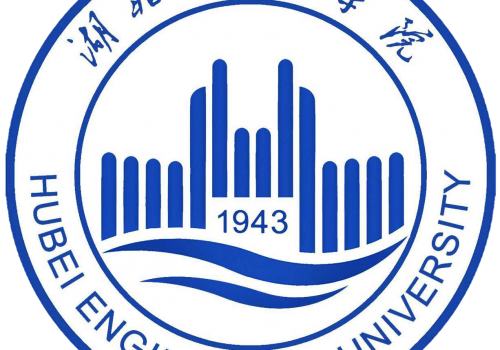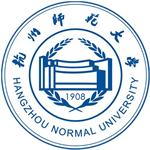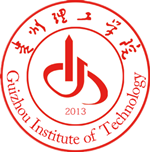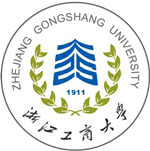About Gansu Agricultural University
Gansu Agricultural University (GAU) is situated on the picturesque Yellow River bank in Anning district of Lanzhou, covering 1,650,000㎡ of land. Its predecessor was the National Veterinary College founded in Lanzhou in October 1946, and then merged with the Gansu Agricultural College in preparations to establish Gansu Agricultural University in 1958.
GAU has 24 colleges, 1 state key discipline, 1 key discipline of state ministry of agriculture, 18 provincial key disciplines, 4 post-doctoral research stations, 8 first-level discipline doctoral degree programs, 18 first-level discipline master degree programs, and 64 bachelor degree programs. GAU has 1 state key laboratory, 1 national experimental teaching demonstration center, 11 provincial experimental teaching demonstration center, and 40 research institutes and 39 labs that provide substantial support to academic activities.
GAU has paid great attention to international academic exchanges, and has established friendly academic cooperation with many university and institutes in more than ten countries such as the USA, Canada, Australia, New Zealand, the UK, Germany, France, and Japan. These have been in the areas of visiting scholars, academic activities, scientific research cooperation, along with many other aspects of education and academic study. The International Workshop of Sustainable Livestock Development and Natural Resource Management in West China after WTO accession were successfully hosted by GAU.
Campus Scenery

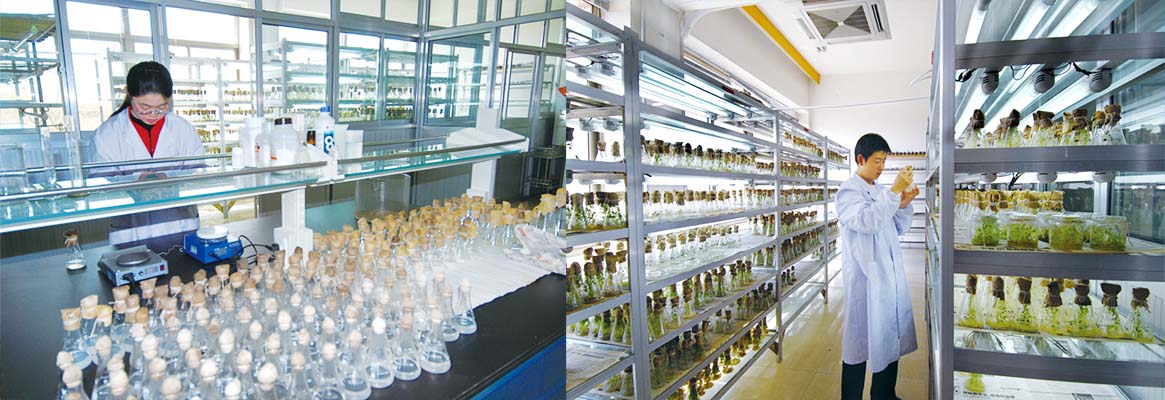
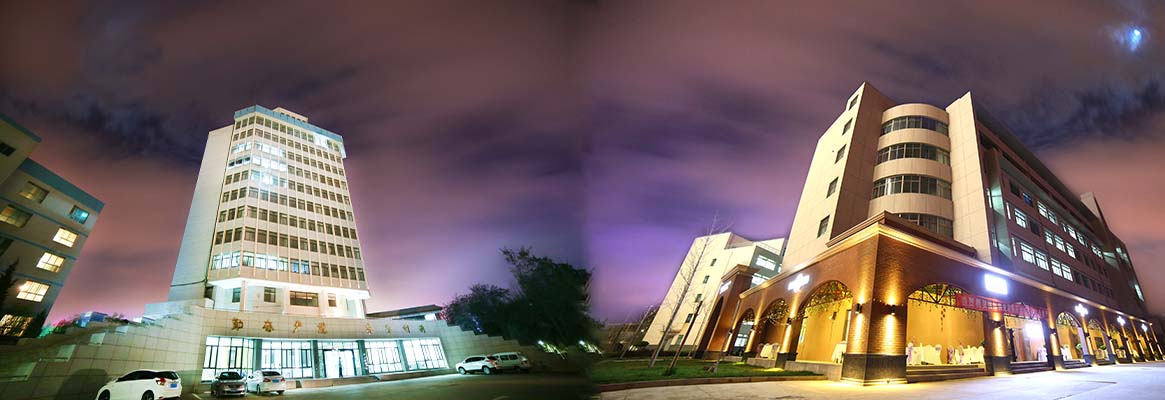
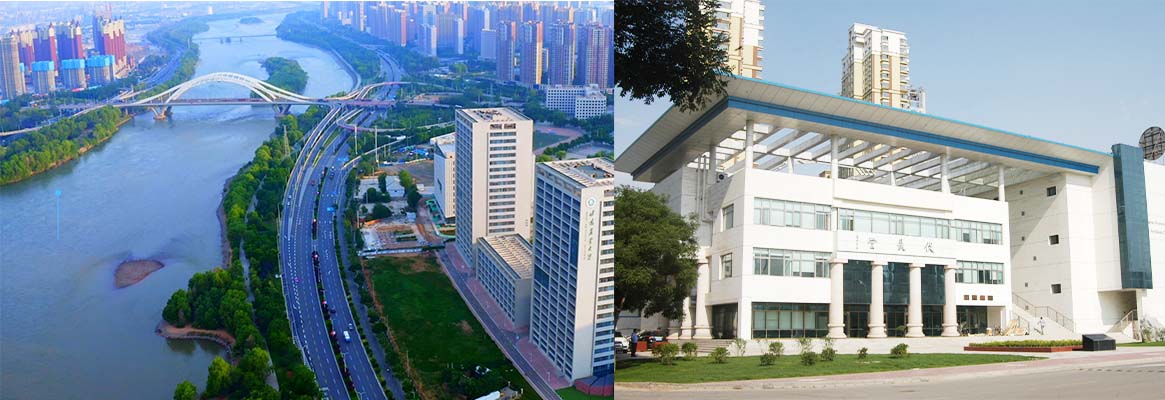
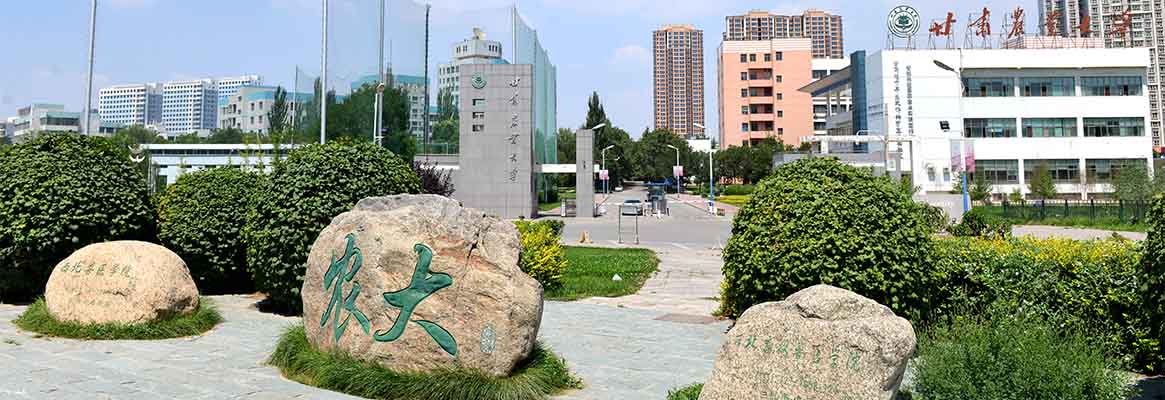
Learning and activities

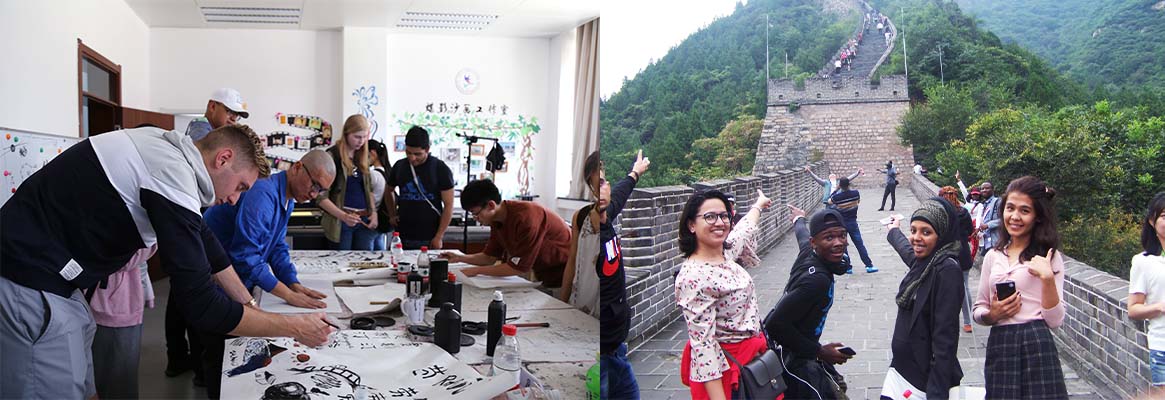



Accommodation conditions


Gansu Agricultural University (GAU) is situated on the picturesque Yellow River bank in Anning district of Lanzhou, covering 1,650,000㎡ of land. Its predecessor was the National Veterinary College founded in Lanzhou in October 1946, and then merged with the Gansu Agricultural College in preparations to establish Gansu Agricultural University in 1958.
GAU has 24 colleges, 1 state key discipline, 1 key discipline of state ministry of agriculture, 18 provincial key disciplines, 4 post-doctoral research stations, 8 first-level discipline doctoral degree programs, 18 first-level discipline master degree programs, and 64 bachelor degree programs. GAU has 1 state key laboratory, 1 national experimental teaching demonstration center, 11 provincial experimental teaching demonstration center, and 40 research institutes and 39 labs that provide substantial support to academic activities.
GAU 1423 faculty members, including 1151 full-time teaching faculty, there are 556 professors and associate professors, 4 are appointed as leading talents of the “Ten Thousand Talents Plan”. The current enrollment includes 16,920 undergraduates and 2,398 post-graduates. GAU has cultivated more than 130,000 talents for country.
GAU has paid great attention to international academic exchanges, and has established friendly academic cooperation with many university and institutes in more than ten countries such as the USA, Canada, Australia, New Zealand, the UK, Germany, France, and Japan. These have been in the areas of visiting scholars, academic activities, scientific research cooperation, along with many other aspects of education and academic study. The International Workshop of Sustainable Livestock Development and Natural Resource Management in West China after WTO accession were successfully hosted by GAU.
August 1945: College of National North-Western Agricultural established by Ministry of Education.
1950: Its name changed to North-Western Veterinary College.
1958: It moved to Huang Yang town from Lanzhou and combined with the College of Gansu Agricultural. Later it changed the name to Gansu Agricultural University.
1981: Its campus moved back to Lanzhou city.
SThere are 15 departments in Lanzhou campus, which including 53 Bachelor programs, eight Master programs, and seven doctorate programs.
Additionally, practaculture science, animal science, and veterinarian have been prized as the National Key Academic Programs.
| No. | Department | Program names |
|---|---|---|
| 1 | Agronomy | AgronomyRural Regional Development
Seed Science and Engineering Chinese Medicinal Plants Cultivation and Application |
| 2 | Practaculture | Plant ProtectionPractaculture Science
Practaculture Science (management direction) |
| 3 | Animal Science | Animal MedicineAnimal Science |
| 4 | Animal Scienceand Technology | Animal Science (animal husbandry direction)Aquaculture Science |
| 5 | Forest | ForestryLandscape Architecture
Soil Conservation and Desertification Control |
| 6 | Engineering | Electrical Engineering and AutomationCivil Engineering
Water Resources and Hydropower Engineering Transportation Agricultural Mechanization and Its Automation Agricultural Electrification Agricultural Water Conservancy Engineering |
| 7 | Gardening | GardeningMechanical Design, Manufacturing and Automation |
| 8 | Bioscienceand Application | Bioscience (animal direction)Bioscience (plant direction, related products)
Bioscience (biomass energy direction) |
| 9 | Food Science andEngineering | Food Science and EngineeringFood Quality and Safety
Wine and enological engineering Bioengineering |
| 10 | Environment andResources | Geography and rural planningGeographic Information Science
Environmental Engineering Agricultural resources and environment Land and Resource Management |
| 11 | Economy | EconomicsFinance
Marketing Financial Management Agricultural and Forestry Economy Management |
| 12 | Science | Applied ChemistryApplied Statistics
Material Chemistry |
| 13 | Arts | LawSecretary
Chinese Language and Literature Management of Human Resources Labor and Social Security |
| 14 | Computer Technology/Computing | Electronic Information EngineeringComputer Science and Technology |
| 15 | Foreign Language | English Language and LiteratureBusiness English |


